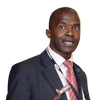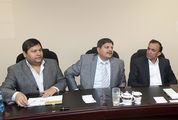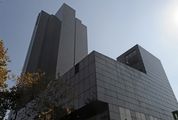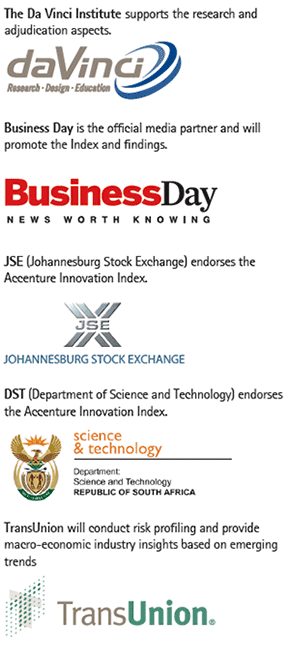When technological innovation goes awry
by Roy Marcus,
2013-06-20 14:05:04.0
ONE of my PhD students, Steve Shepard, prefaced his thesis with the following observation: It "is not the strongest species that survive, or the most intelligent, but the ones most responsive to change.
In the world of high-tech, this translates into technology that adapts to customers, rather than technology to which customers must adapt their lifestyles".
The key to this message is simple. It is my observation that in most cases there is no such thing as "bad" technology! The reality, that those people and organisations at the forefront of technological innovation invariably fail to recognise, is that key to the success of any technology is the human-technology interface.
Take, for example, the case of a person who owns a cellphone and has a portable bluetooth device for hands-free communication. When they get home at night they have two charging devices — one for the phone and one for the device. What would it take for the phone manufactures to have a port, which allowed charging two devices from one charger?
In the software domain where the world is literally awash with new apps, the same applies. How many apps have you downloaded which now lie on the desktop of your PC or Tablet never to be used again? You may even ask the question as to how much of the full suite of a software package does the average person use.
The statistics for the full use of Microsoft Office applications bear testimony to this fact. There is no doubt that in the viciously competitive world of technological innovation the winners come from people and organisations that place the user at centre stage.
• Prof Marcus is chairman of the Da Vinci Institute — a private university specialising in technology and innovation management and leadership.

Picture: THINKSTOCK
ONE of my PhD students, Steve Shepard, prefaced his thesis with the following observation: It "is not the strongest species that survive, or the most intelligent, but the ones most responsive to change.
In the world of high-tech, this translates into technology that adapts to customers, rather than technology to which customers must adapt their lifestyles".
The key to this message is simple. It is my observation that in most cases there is no such thing as "bad" technology! The reality, that those people and organisations at the forefront of technological innovation invariably fail to recognise, is that key to the success of any technology is the human-technology interface.
Take, for example, the case of a person who owns a cellphone and has a portable bluetooth device for hands-free communication. When they get home at night they have two charging devices — one for the phone and one for the device. What would it take for the phone manufactures to have a port, which allowed charging two devices from one charger?
In the software domain where the world is literally awash with new apps, the same applies. How many apps have you downloaded which now lie on the desktop of your PC or Tablet never to be used again? You may even ask the question as to how much of the full suite of a software package does the average person use.
The statistics for the full use of Microsoft Office applications bear testimony to this fact. There is no doubt that in the viciously competitive world of technological innovation the winners come from people and organisations that place the user at centre stage.
• Prof Marcus is chairman of the Da Vinci Institute — a private university specialising in technology and innovation management and leadership.






















Change: -1.41%
Change: -1.63%
Change: -1.53%
Change: -1.58%
Change: -1.47%
Data supplied by Profile Data
Change: -0.64%
Change: 0.12%
Change: -1.41%
Change: 0.00%
Change: 0.10%
Data supplied by Profile Data
Change: 0.77%
Change: -0.33%
Change: 0.58%
Change: 0.96%
Change: 1.16%
Data supplied by Profile Data
Change: 0.73%
Change: 0.92%
Change: 0.19%
Change: 0.50%
Change: 0.05%
Data supplied by Profile Data